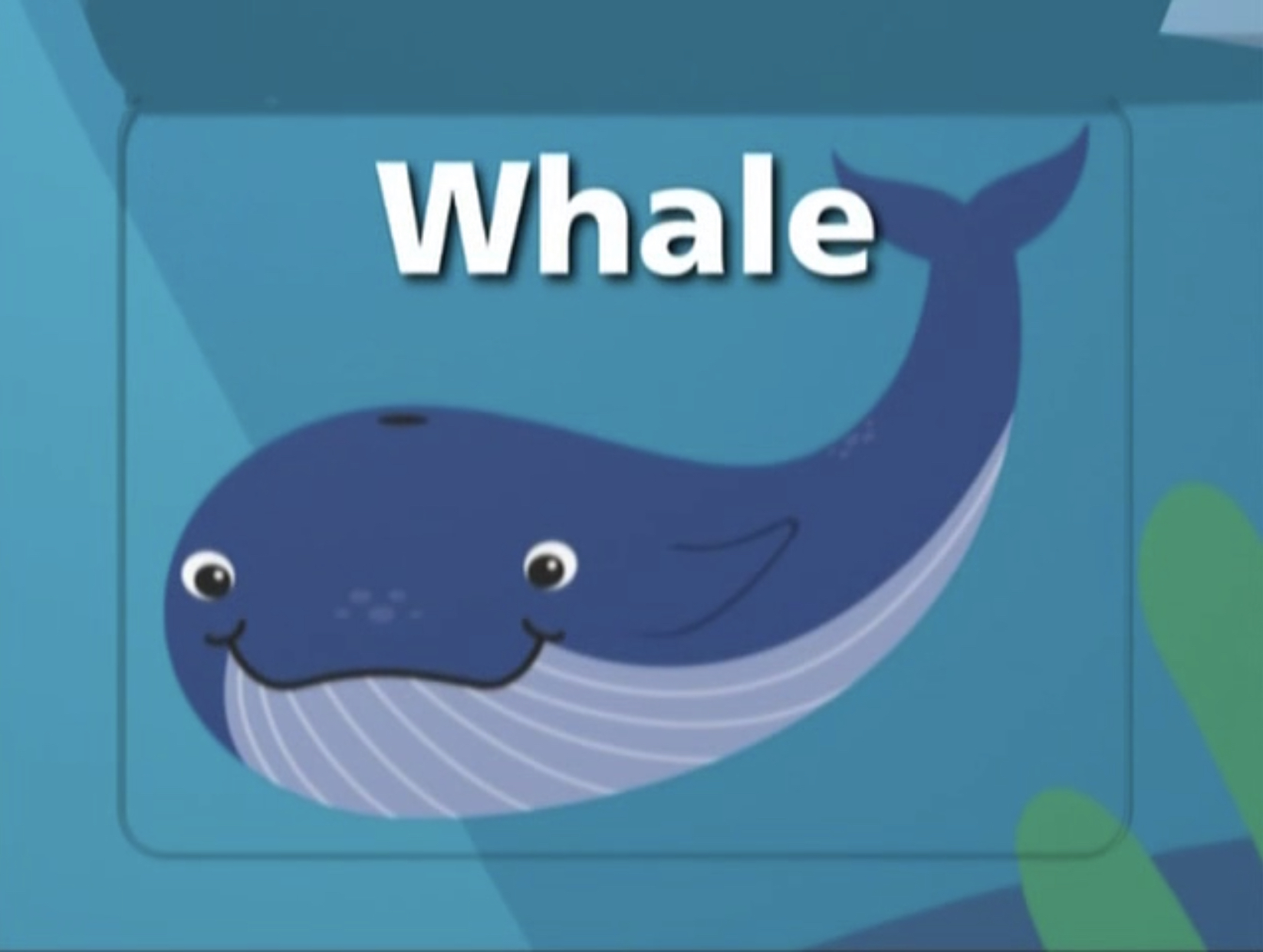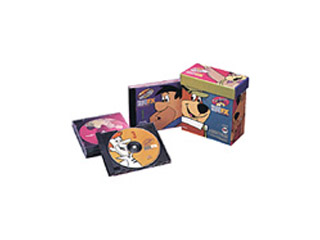

JB: McAlpin used to build all kinds of equipment at MGM. When McAlpin was taken from Harman-Ising to MGM, I’m assuming he took the entire Harman-Ising library with him. Fred McAlpin…a true pioneer…worked at Harman-Ising at the time. I started working at Harman and Ising Studios in 1930. When Huckleberry Hound won an Emmy the very first year, it showed that it wasn’t the amount of drawings, it was the material that was carrying it.īill Hanna: Our sound effects library I know goes back to the early days for MGM, which was 1937. And we were the ones that started it in the studio on LaBrea. Because it’s a hand business, and the more drawings you have, the more expensive the product is. The one thing it had less of was drawings. We used the best sound effects people…it had good visual artwork and painting, funny characters, good stories. Basically the material we were dong had good sound effects.

NBC picked up the very first one, which was called “Ruff & Ready.” And then I went to Chicago and sold the Huckleberry Hound show. JB: In cutting back, we had to use every trick to put over the feeling of motion and animation, like using camera shakes, truck-ins, dissolves, quick cuts. How do we put in all the gags and stuff with, let’s say, 8,000 drawings instead of 26,000 drawings? You have to draw of every piece of knowledge and ingenuity that you ever could think of relating to animation. And eventually we made a quick deal with Screen Gems for five minutes for $3,000. To give you an idea, at MGM, we were averaging $45,000 for five minutes. So now what happens is, you go around to the various possible sources and are turned down by everyone because they said nobody could afford to do animation for television. Then suddenly, because of the company’s problem…not our, because we were rolling very well…they closed the MGM animation studio. And you studied them and reworked them, and honed it down as good as you could. I mean, you did a pencil test on every single scene. And they won seven Oscars, and you would rally finesse them. See, the idea was, you would do an animation that was Tom & Jerry for twenty years.
#Hanna barbera sound effects soundboard full
Joe Barbera: We realized early on that sound effects were just as important in limited animations they were in full animation. The interviews with William Hanna, Joseph Barbera, Greg Watson and Pat Foley were conducted on April 2, 1993. We put together this imaginary roundtable discussion by combining separate interviews with four of the driving forces behind this library of cartoon sound effects. The Hanna-Barbera sound effects are legendary and so are the men behind them. This sound effects box was one of my favorite projects from my time at Hanna-Barbera Cartoons. Sound Ideas is proud to be the exclusive distributor for the Hanna-Barbera Sound FX Library.Īrrows, Military Battles, Bites, Bloods, Beings, Blinks, Bounces, Branch Breaks, Bubbles, Crashes, Glass Crashes, Metal Crashes, Tree Crashes, Wood Crashes, Metal Doors, Drums, Explosions, Body Falls, Falls, Debris Falls, Ski Falls, Fishing Reels, Flops, Gazobs, Hand Guns, Machine Guns, Rifles.Click here for my full Hanna-Barbera index. They're all digitally remastered with state-of-the-art noise reduction techniques to make them cleaner.

Hanna-Barbera's team of editors and Sound Ideas' engineers worked hard hand in hand to select only the very best sound effects for this collection. The comprehensive Hanna-Barbera Sound Effects Library also includes, for the first time, Hanna-Barbera's top ten list of the most popular sounds used at their studio and a fascinating booklet containing priceless behind the scenes interviews with cartoon pioneers William Hanna and Joseph Barbera. The Hanna-Barbera Sound FX Library is jam packed with more than 2,200 sound effects on 4 CDs, featuring all the great sounds that have become synonymous with legendary cartoon shows like The Flintstones, Huckleberry Hound, Quick Draw McGraw, Yogi Bear, The Jetsons, and all the rest of the gang.


 0 kommentar(er)
0 kommentar(er)
